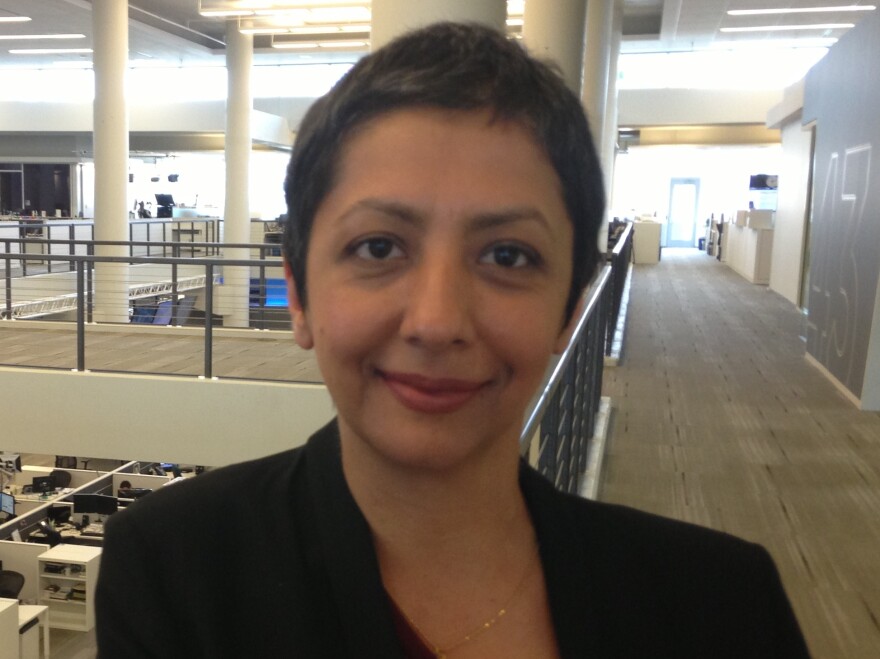U.S. and Iranian diplomatic relations made a big jump last month when President Obama and Iranian President Hassan Rouhani spoke directly by phone. It's the first time an American president has spoken to an Iranian leader in more than three decades. That phone call, of course, wasn't a cure-all. The U.S. and Israel remain concerned about Iran's efforts to develop a nuclear program, among other things.
Banafsheh Keynoush has been the English translator for four Iranian presidents. She spoke with Tell Me More host Michel Martin about what Iran's leaders have been saying all along, and what can't be translated.
Interview Highlights
On getting started as a simultaneous interpreter
I had decided that I wanted to be a simultaneous interpreter as an avenue to finally work in the field of international relations. Remember that as a woman in Iran those avenues were closed to us. ... I was born to Tehran, so I grew up there, and I worked there and made my way as a simultaneous interpreter. And a colleague asked me to help him out during a conference, and I believe at the time I was the first female voice for interpreters, and people started liking the way I translated. I'm always usually a little animated and emotional even during translation. And I was asked to handle the press conferences for the presidents.

On controversially misusing the word "holocaust" in a translation
[Iranian President Hassan Rouhani] did not use the word "holocaust," so I can just tell you what transpired as a result. I went to his people, and also spoke with CNN, and said, "You know, this is what had happened, and I take full responsibility for it."... He said, I think "that event" — he referred to it as that historic event, something of the sort. And you'd be interested to know that in the end, they said, "You know, stuff happens. It's OK."... You have to recognize that the speed of simultaneous translation is indeed simultaneous.
On her impressions of Iranian President Hassan Rouhani
Honestly, I think it's a little premature to talk about impressions. I usually — it takes two years for me to hang out in New York with the president to really get a sense of who they are and how they think and feel about world affairs, or et cetera. But with him, I just felt that he's a person comfortable in his skin. He appears to be kind of middle ground, and moderate, and relaxed, and somewhat easygoing, and that's about all the impression I had.
On translating for former President Mahmoud Ahmadinejad
I think he came into this with a degree of inexperience, as well as ambivalence, carrying the same ambivalence that many of Iran's revolutionaries carry toward the West. On the one hand, they strive to understand it, to make contacts with it. On the other hand, they represent the raison d'etre — the defiance of U.S. foreign policy in the region, in the Middle East, and in Iran. And I think together, he represented that confusion.
On what gets lost in translation
I often ask myself how well am I able to interpret a culture beyond the words? Because beyond that, there's a culture. There's a culture from which Mahmoud Ahmadinejad comes from, which you might be surprised to find, it might be quite different from other presidents, and the cultural backgrounds they come from — Iran, after all, being a very culturally diverse place, socially diverse place in many senses. I am not able to convey that, and I think that is critical to understanding some of the failures of the Iranian-U.S. relationship.
Copyright 2021 NPR. To see more, visit https://www.npr.org.



